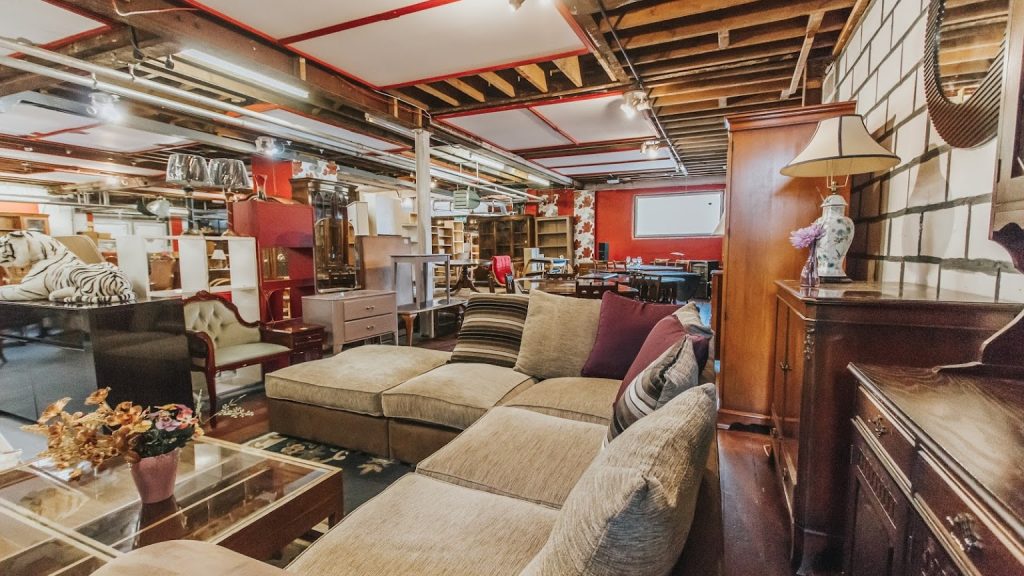No products in the basket.
Furniture
Tips to Buy Second-Hand Furniture: Making Smart Choices
Tips to Buy Second Hand Furniture
In today’s world, where sustainability and affordability go hand in hand, buying second hand furniture is a fantastic way to furnish your space without breaking the bank. However, it’s essential to approach the process with caution and knowledge to ensure you make the best choices. In this comprehensive guide, we will provide you with valuable tips and insights to help you navigate the world of second-hand furniture shopping like a pro. Whether you are looking for vintage gems, timeless classics, or budget-friendly finds, we’ve got you covered. Let’s dive in!Define Your Needs and Style
Before you start scouring the second-hand market, take some time to assess your needs and define your preferred style. Determine which furniture pieces you require, such as a dining table, sofa, or bookshelf. Consider the size, functionality, and overall aesthetic that aligns with your existing decor. This clarity will not only streamline your search but also prevent impulsive purchases that may not fit your space or lifestyle.Set a Realistic Budget to Buy Second Hand Furniture
While buying second-hand furniture can save you money, it’s still crucial to set a realistic budget. Determine the maximum amount you are willing to spend on each item, taking into account the quality, condition, and age of the furniture. Remember, a little flexibility in your budget can open up opportunities for exceptional pieces that may require minor repairs or refurbishment.Research and Explore Trusted Platforms
When it comes to second-hand furniture shopping, knowledge is power. Take advantage of various online platforms and marketplaces dedicated to selling pre-loved items. Websites like 8RITY.com offer a wide range of second-hand furniture options, complete with detailed descriptions and clear photographs. These platforms often have user reviews and ratings, allowing you to gauge the reliability and credibility of sellers.Inspect Thoroughly and Ask Questions
When you find a potential piece of furniture, don’t hesitate to ask the seller detailed questions about its condition, age, and any relevant history. If possible, arrange to inspect the item in person or request additional photographs. whenever you go out to buy Buy Second Hand Furniture Look for signs of wear, damage, or structural issues. Pay attention to factors like stability, sturdiness, and the overall integrity of the piece. Remember, a comprehensive inspection will help you avoid unpleasant surprises and ensure the longevity of your purchase.Consider the Materia and Construction
Understanding the materials and construction methods used in second-hand furniture is crucial for making informed decisions. Research common materials for furniture pieces you are interested in, such as wood, metal, or upholstery. Learn about different joinery techniques, upholstery types, and finishes. By familiarizing yourself with these details, you can assess the quality, durability, and potential maintenance requirements of the furniture.Evaluate the Price-Value Ratio
While affordability is often a key factor when buying second-hand furniture, it’s essential to evaluate the price-value ratio. Consider the quality, condition, and desirability of the piece compared to its price. If a piece requires extensive repairs or reupholstering, factor in the associated costs. Assess whether the asking price aligns with the item’s current market value, taking into account its age, rarity, and brand.Consider Delivery and Transportation
Before finalizing a purchase, consider how you will transport the furniture to your home. Large or heavy items may require special handling or professional movers. Inquire with the seller about their delivery options, additional charges, or whether they offer assistance in disassembling or packing the item. Factor in these logistical aspects to avoid any surprises or inconvenience after making the purchase.
Take Safety and Hygiene Precautions
While buying second-hand furniture can be an excellent opportunity, it’s important to prioritize safety and hygiene. Check for any potential safety hazards, such as loose parts, sharp edges, or unstable structures. If the furniture has upholstery, inspect it for cleanliness and signs of pests like bed bugs. Consider thoroughly cleaning or disinfecting the item before bringing it into your home, ensuring a healthy and safe environment for you and your family.Embrace the Unique and Authentic
One of the most exciting aspects of buying second hand furniture is the chance to find unique and authentic pieces with character and history. Embrace the charm of vintage or antique furniture that tells a story. Look for distinctive features, craftsmanship, or design elements that set the piece apart. By choosing second-hand furniture, you not only add personality to your space but also contribute to sustainable consumption practices.Conclusion
Buying second-hand furniture can be a rewarding and budget-friendly experience if approached with knowledge and care. Remember to define your needs and style, set a realistic budget, and thoroughly research trusted platforms. Inspect items closely, consider materials and construction, and evaluate the price-value ratio. Engage in negotiations wisely, arrange for transportation, and prioritize safety and hygiene. Embrace the uniqueness and authenticity that second-hand furniture offers, and enjoy furnishing your space with sustainable and remarkable pieces.Checkout Bedsland Cheap Divan bed CollectionRead More: Creating Your Dream Home: A Guide To Choosing The Right Furniture For Every Room

